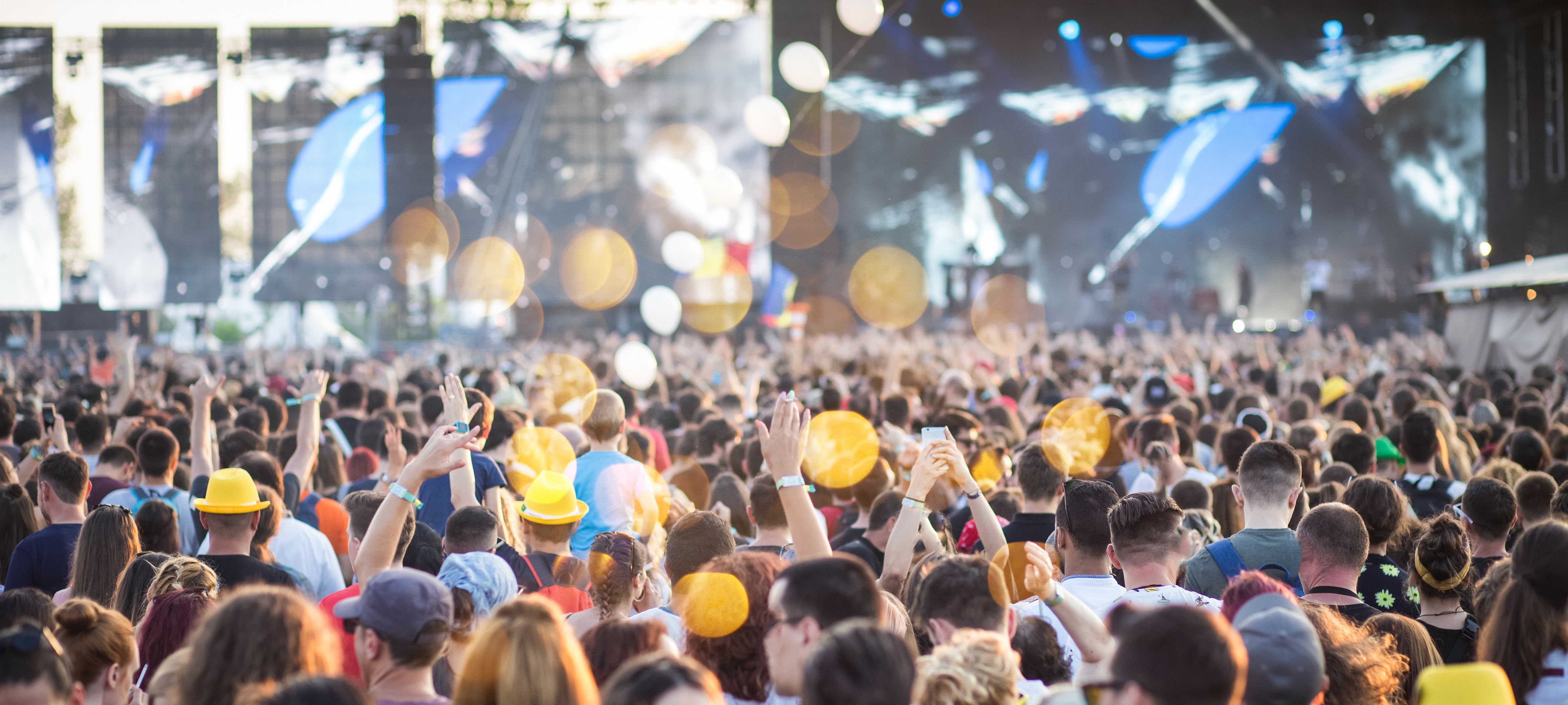What ADE Reminds Us About Being Human
We don’t just move to the beat. The beat moves us.

Last week, Amsterdam was vibrating.
Literally.
Tens of thousands of people poured into the city for ADE, Amsterdam Dance Event, that annual pulse when electronic music takes over every canal, warehouse, basement, and rooftop. For one week, the city becomes a living organism, a giant nervous system lighting up in sync.
If you’ve read my earlier pieces This Is Your Brain on Dancing and Summer Is Here - and So Is the Festival Tribe, you already know I have a soft spot for the dance floor.
I keep coming back to it, not because of the music itself, but because of what happens between people when we move together.
Dancing, for me, is the purest form of connection.
It’s where neuroscience meets human magic.
There are so many events during ADE that it’s almost absurd.
Every street corner has a DJ, every friend has a“must-go,” and every decision feels like a potential FOMO trap.
So what do you do?
You ask people with experience, the ones who know where the magic happens, so to speak.
And then, somewhere between a small basement at 3a.m. and a sunrise set by the water, you find it.
That moment.
The moment when you look around and realise you’ve just connected with people you’ve never met, yet whose bodies are moving to the same invisible thread.
The Rhythm That Binds Us
When we move in rhythm with others, our bodies thank us by releasing oxytocin, dopamine, and endorphins, the body’s internal symphony of connection.
It’s about joy.
It’s about emotional memory.
Our nervous system remembers these moments long after the beat fades.
They become stored as tiny imprints of belonging.
Proof that we once moved in sync with others.
And from a neurobiological perspective, that’s not trivial.
Because rhythm is one of the oldest forms of human bonding.
Before language, before architecture, before cities, there was rhythm.
Drumming around fires. Walking together. Working in sync. Rhythm builds trust.
It regulates our collective heartbeat.
That’s what makes ADE more than a music festival. It’s a reminder of something deeply human we keep trying to digitise and outsource.
Real-time synchrony.
The Modern Paradox
We live in an age of constant “connection,” yet rarely in sync.
We text, we scroll, we post.
But our bodies don’t move together.
And still, every year, millions of people flock to dance floors, raves, and festivals, consciously or not, looking for that lost synchrony.
Because no matter how advanced our technology becomes, our nervous system still craves rhythm, touch, and shared movement.
It’s our evolutionary glue.
In neuroscience, it’s called interpersonal synchrony, when people’s brain waves, breathing, and heart rates literally align.
Studies show it increases trust, empathy, and even memory formation.
Which means yes, dancing with strangers can quite literally make you more human.
The City as a Nervous System
Walking home through Amsterdam after ADE, the city felt different.
Softer. More alive. Maybe it was the bass still echoing somewhere, or maybe it was the afterglow of collective energy that briefly rewired the city’s emotional map.
For a few days, strangers became allies.
Streets became arteries.
The city breathed together.
And that’s what I keep coming back to in my work.
Cities as social nervous systems.
They’re not just made of infrastructure, but of impulses.
They pulse, they connect, they transmit emotion.
But only when we remember to tune them for people, not just productivity.
Let’s Wrap This Up
ADE isn’t just about music. It’s a yearly reminder of what connection feels like when it’s embodied, when we move, feel, and breathe together.
In a world obsessed with optimisation, it’s worth remembering:
Rhythm isn’t efficient.
It’s relational.
And every time we move in sync, even for a short moment, we repair something the digital world can’t reach.
So here’s to the next podium, the next beat, the next fleeting moment of magic.
Because those moments aren’t small.
They’re how we remember we’re alive.
Lots of love,
Stina



.svg)